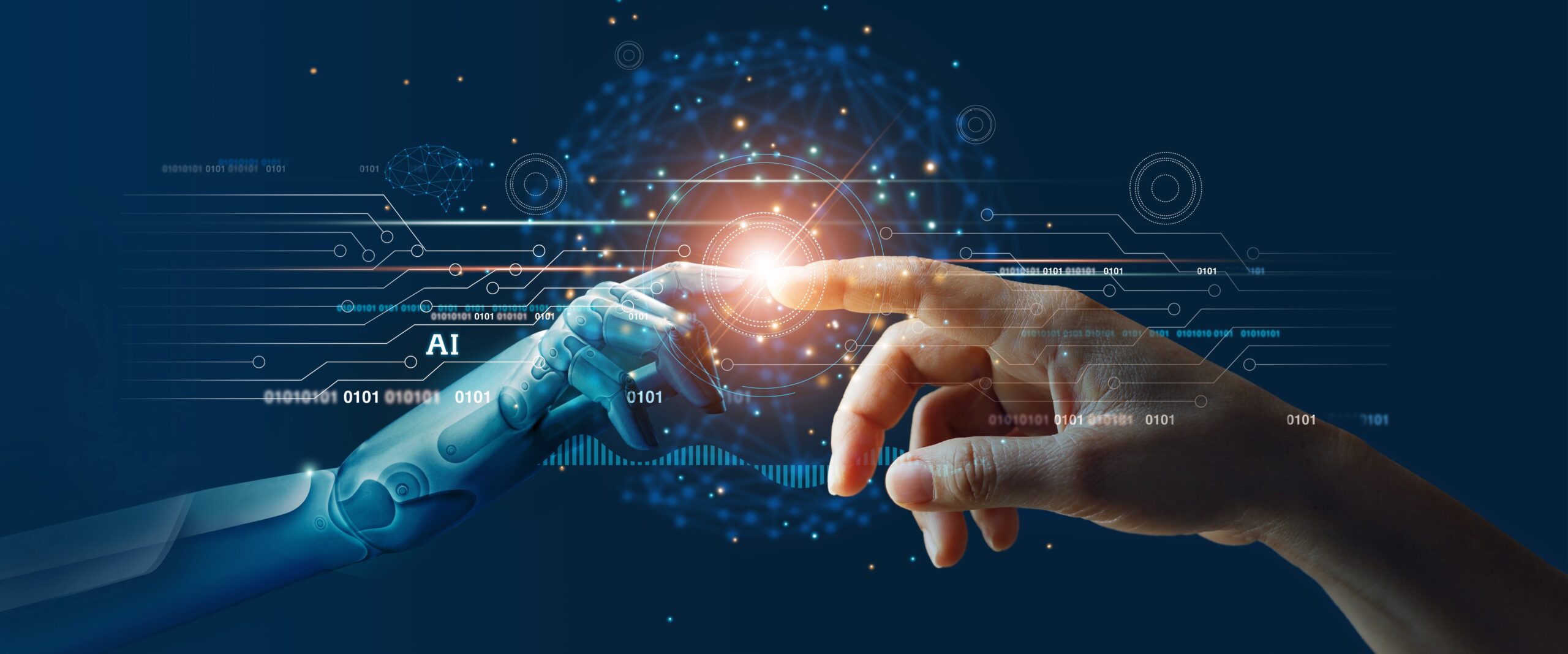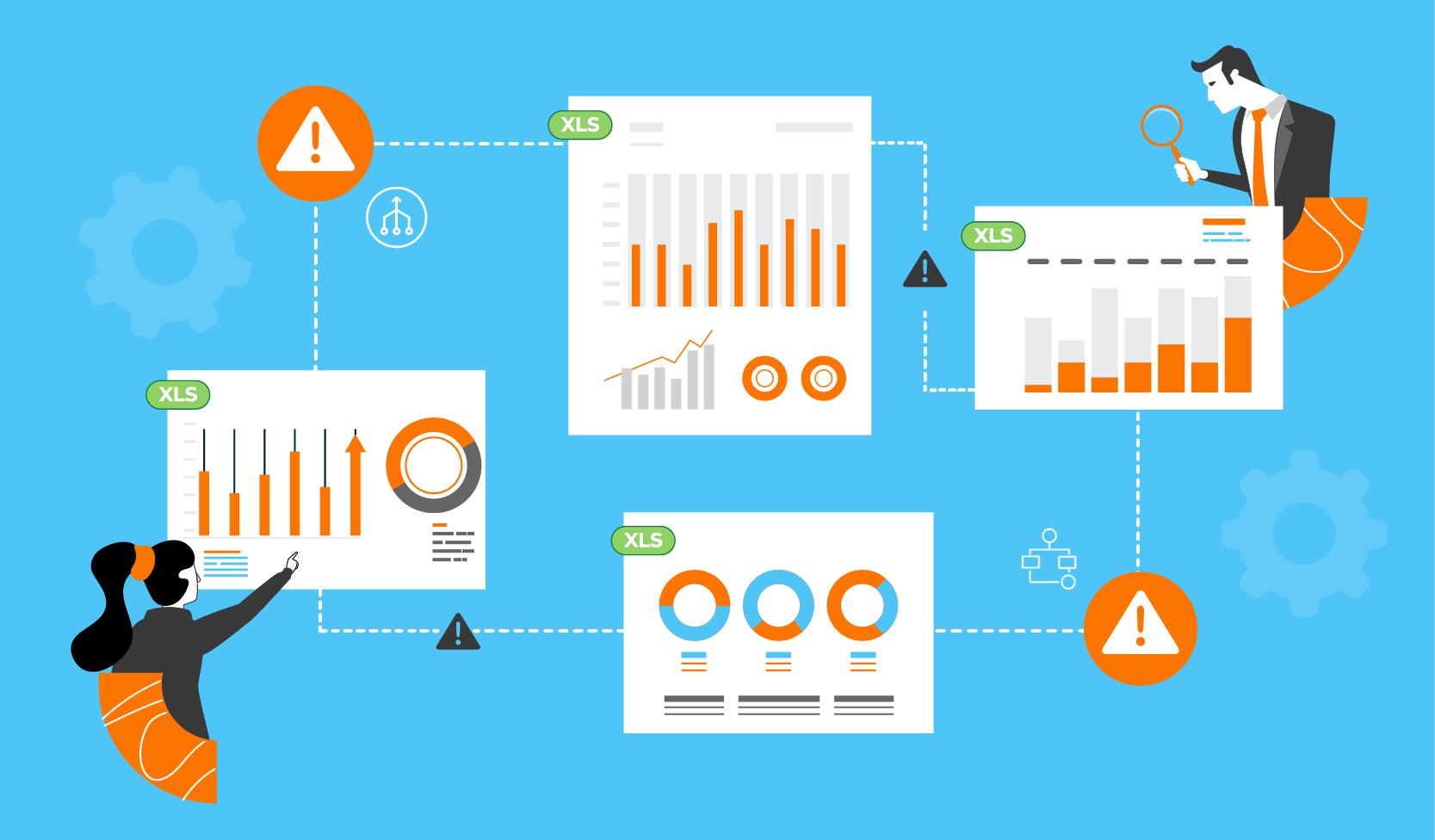
Smart Onboarding: Using AI to Drive Employee Retention & Productivity
In a labor market characterized by high turnover, hybrid work and insatiable demand for skilled talent, onboarding is no longer a checkbox exercise — it’s a crucial inflection point. The New Normal: For contemporary businesses, particularly services-based and IT consultants, the employees' onboarding journey has a direct impact on their ability to retention, ramp-up time and time-to-productivity, and long term engagement of employees.
Enter AI-powered onboarding.
By incorporating AI into onboarding, companies are thinking differently about how they shepherd employees from offer letter to fully contributing team members. This blog will look at why AI-powered onboarding is more than just a digital enhancement – it’s a strategic differentiator in retention and performance and culture-building for employees.
The Cost of Poor Onboarding
Before examining where AI comes into play, it’s key to address why traditional onboarding doesn’t provide the level of service applicants need:
- Long Ramp-Up Time: Disjointed, manual processes slow employees down.
- Information Overload: New hires are drowning in static handbooks and scattered orientation sessions.
- One-Size-Fits-All Approach: A uniform onboarding does not inspire diverse individuals.
- Unlinked systems: HRMS, payroll, IT access and training tools don’t communicate with each other.
- First Impressions: The first 90 days shape the success of your members’ loyalty and performance over the long-term.
As per SHRM, 20% or more of turnover happens in the first 45 days. This is not just an HR issue — it is a business risk.
What Is AI-Driven Onboarding?
AI-driven onboarding provides personalized, streamlined, and scalable onboarding using machine learning, predictive analytics and workflow automation. But due to AIs in place, unlike the conventional systems, a platform having AIs can:
- Automate common processes (forms, approvals, onboarding)
- Forecast employee success signals based on role and behavioral data
- Flawless onboarding Tailor learning paths for quicker ramp-up
- Use sentiment analysis and engagement patterns to spot early churn risks
- Guaranty role based task order for various role and places.
AI onboarding is not just about fast-it’s about smart.
AI in Onboarding: Its Benefits
1. Accelerated Time-to-Productivity
AI enables the sequencing of onboarding content and tools for employees according to individual persona, role and location. What new hires get: Instead of a one-size-fits-all checklist,.
- Smart task lists
- Personalized training modules
- Role-relevant documents and policies
Impact: Employees can be productive 30-50% sooner, decreasing downtime and improving project velocity.
2. Enhanced Retention Through Early Engagement
Leveraging NLP and behavioral AI, onboarding platforms are able to measure the emotional sentiment uncovered in check-ins, chats, feedback forms and beyond. When the platform detects red flags — such as disengagement or confusion — real-time alerts can be sent to managers.
Impact: CHROs can act before discontent becomes attrition.
3. Unified Onboarding Experience Across Systems
Contemporary PSA platforms (such as Clousys) include HRMS, IT provisioning, LMS, PMS in one flow. AI visualizes dependencies and automates approval.
Impact: Removes siloed systems, means nothing left behind and so aids to better audit-readiness.
4. Manager Enablement & Accountability
AI nudges hiring managers with:
- Reminders to check in
- Insights into new hire progress
- Suggestions to personalize welcome efforts
Impact: Moves onboarding from HR-dedicated to a shared managerial duty.
5. Predictive Churn Indicators
AI models analyze:
- Early performance scores
- Training completion rates
- Engagement metrics
Impact: CFOs and CHROs get risk dashboards that forecast which employees might churn — and why.
Role-Based Value from AI Onboarding
For the CHRO:
- Faster onboarding = faster engagement
- Being proactive in retention programme with AI insight
- HR is liberated from administrative work by automation.
For the CFO:
- Reduced cost of turnover
- Faster time-to-productivity improves project margins
- Better visibility into onboarding ROI
For the COO:
- Onboarding tied to operational performance
- Seamless provisioning = reduced downtime
- Role-based sequencing improves efficiency
For the CIO/CTO:
- Automated provisioning of access and security profile
- Less IT tickets and manual handovers
- Governance and compliance readiness
For Team Leads:
- Artificial intelligence feedback on new hire readiness
- Alerts for engagement drop-offs
- Suggested touchpoints to improve retention
Practical Implementation: AI Onboarding with Clousys PSA
Clousys is an example of an AI-powered onboarding workflow embedded into the HRMS and PSA platform. The platform’s specific capabilities include the following:
- Smart Role Mapping: Based on JD, skills set, and location
- Onboarding Dashboards: Real-time view for HR, IT, and managers
- Learning Path Recommendations: Based on persona and prior experience
- Task Automation: IT access, asset provision, policy acknowledgment
- Integration: ATS, PMS, Billing, Analytics modules
- Outcome: One platform, one view—from hire to productivity
AI Onboarding in Hybrid Work
Onboarding for a remote-first and hybrid setup must be digital, asynchronous, and accessible to multi-devices. AI can enable these by sending reminders across Slack, email, and mobile. Virtual onboarding sessions based on time zone can be scheduled, and digital buddies and mentors can be recommended via algorithmic matching. This is necessary given the isolation and disorientation many remote hires report.
Metrics That Matter in AI Onboarding
The metrics vital for AI Onboarding according to the Clousys platform represent the following: Time-to-Productivity, First-90-Day Engagement Score, Training Completion Time, Early Churn Rate, Manager Feedback Ratings, IT Provisioning SLA Compliance, and Sentiment Score Variance. According to the model, these are not vanity metrics—they directly correlate with revenue per employee, project delivery success, and culture well-being.
Future Outlook: Agentic AI in Onboarding
Looking ahead to the future, the onboarding of tomorrow will advance from automation and analytics to agentic AI—AI systems that can act autonomously on behalf of users. As envisioned, such systems will schedule proactive manager check-ins, auto-adjust training modules based on performance, suggest internal gigs or mentors based on career aspirations, and flag potential burnout patterns before they become critical. PSA platforms have taken baby steps in integrating agentic capabilities, but this will elevate the function to a truly adaptive, personalized, and strategic practice.
Conclusion: From First Day to First Win
Onboarding is a continuous onboarding process, in line with HR models viewed as trust, enablement, and wins. In the knowledge economy where people are the product, the way you onboard them is a direct investment in business outcomes.
With the help of AI, onboarding becomes strategic instead of static — smart instead of cumbersome. For both CHROs, CFOs and COOs, a trifecta win: better employee experience, greater operational efficiencies and driving attributable ROI.
The companies that are able to hold onto talent in 2025 and beyond will be the ones that begin full-throttle. And smart onboarding is not just something that’s trendy — it’s also a leadership mandate.


